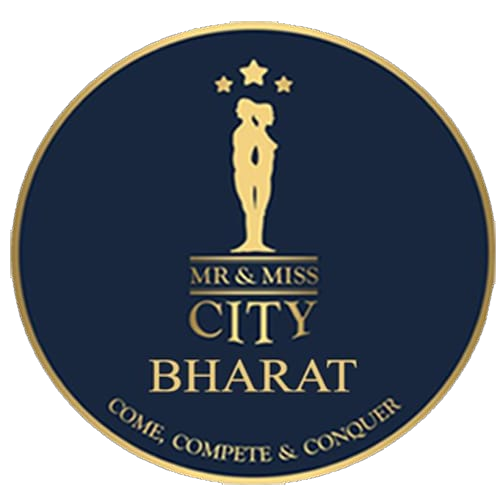How to Choose and Look Good in Different Types of Garments as a Model
1. Understand the Garment’s Purpose
Before anything, ask:
Is this garment meant to look high-fashion, commercial, sporty, elegant, casual, or functional?
- High-Fashion: Think drama, bold poses, artistic energy.
- Commercial/Casual: Friendly, relatable, clean posing.
- Activewear: Energetic, flexible, sporty, and dynamic.
- Formalwear: Confident, upright posture with elegance.
- Swimwear/Lingerie: Confident, poised, flattering angles.
2. Choose Garments That Flatter Your Body Type (Even for Shoots)
Models don't always choose what they wear, but understanding what works for you helps in styling and posing.
Tall & Slim (Ectomorph):
- Try layers, structured pieces, flared trousers, cinched waistlines.
- Avoid clothes that hang shapelessly (unless it’s intentional for editorial).
Curvy/Plus-Size:
- Embrace body-hugging pieces that define your shape.
- V-necks, wrap dresses, tailored blazers, high-waisted bottoms work well.
Petite:
- Go for vertical lines, fitted silhouettes, high-waisted pants/skirts.
- Avoid oversized clothes that drown your figure.
Athletic:
- Choose pieces that add curves — draped tops, peplum styles, fitted jeans.
- Highlight shoulders and legs, keep silhouettes balanced.
3. Adjust Posing Based on the Garment Type
Denim & Casual Wear
- Keep it relaxed and natural.
- Pockets, leaning poses, walking shots.
- Show movement and comfort.
Dresses & Evening Gowns
- Strong posture, graceful arm positioning.
- Use the dress’s flow or slit in your poses.
- Play with turns and mid-step movements.
Jackets/Coats
- Pose with one side open, adjusting collars or buttons.
- Drape the jacket over shoulders for editorial.
- Use hands to create subtle motion.
Activewear
- Show off muscle tone and flexibility.
- Lunges, stretches, dynamic movement.
- Confident, energized expressions.
Swimwear/Lingerie
- Arch your back slightly for natural curves.
- Use your arms to frame your body.
- Keep expressions soft yet strong — confidence is key.
Formalwear/Suits
- Stand tall with your shoulders square.
- Hands in pockets, adjusting tie/lapel/cuff.
- Give a calm, polished, powerful vibe.
4. Use Accessories & Styling to Your Advantage
- Belts: Define waist and create structure.
- Shoes: Elevate your posture and complete the look.
- Jewelry: Match mood (minimal for e-commerce, bold for editorial).
- Bags/hats/sunglasses: Pose with them, don’t ignore them — make them part of your story.
5. Practice in the Mirror or Camera
You won’t always love every outfit — but your job is to make it look amazing. Practicing helps you:
- See how fabric moves with your body.
- Find the best angles for each type of outfit.
- Learn where to place hands, how to hold posture, how to fake a waistline or create shape.
6. Basic Garment Handling Tips for Shoots
- Steam or iron garments before shoots (wrinkles ruin the look).
- Avoid heavy makeup that could stain light fabrics.
- Handle delicate fabrics (chiffon, silk) with care — avoid stretching or snagging.
- Wear nude or appropriate undergarments that don’t show through.
- Use fashion tape, safety pins, or clips if needed (especially in styling).
7. Talk to the Photographer & Stylist
If a garment doesn’t fit right or you’re unsure how to pose in it — ask. Most photographers and stylists appreciate a model who wants to make the clothes look their best.
Final Takeaway:
A great model makes any garment look intentional, stylish, and desirable — even if it doesn’t “suit” them personally.
Mastering how to move, pose, and project the right energy for every outfit is what sets professional models apart from beginners.




